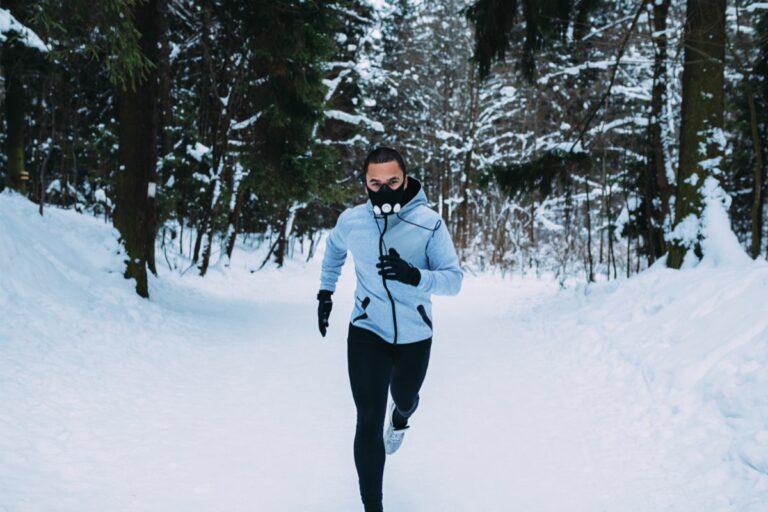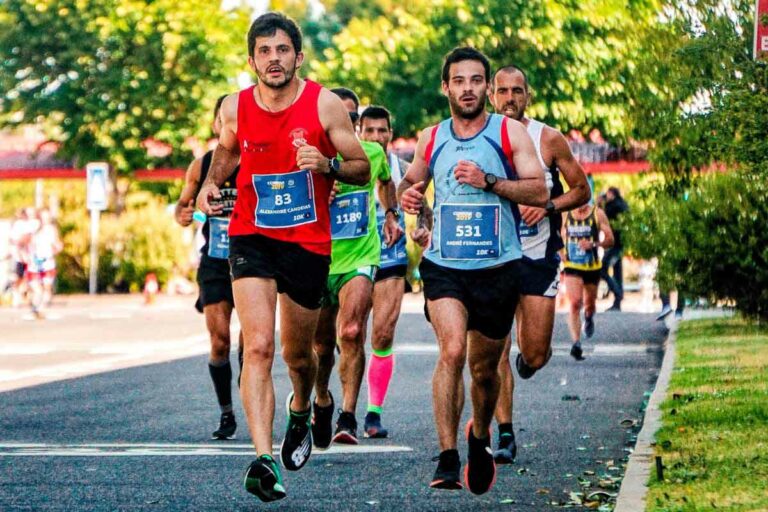What To Do After A Run? 6 Top Tips for a Successful Post-Run Recovery

Do you know what you should do after a run? How to look after your body after intense exercise? Well, some little rituals can help reduce the risk of injury and keep you in good health.
In this article, we discuss the best practices to follow after you’ve been for a run and why they are important.
1. Perform a Cool Down
Immediately after you’ve completed your run, it’s important to cool down. Cooling down helps your muscles as well as the rest of your body return to their normal state in a gradual and safe way.
The best way to do this is to gradually reduce your speed gradually before you stop running, once you’ve hit your target distance you can move the pace to a walk for 3-5 minutes. Once this is complete, it’s time to stretch.
2. Stretching
As the legs have done a lot of the work, target as many of the muscles as possible. These include the calves, quads, hamstrings, glutes, and hips. When stretching, target each muscle for 15-30 seconds.
Check out this article on Healthline for the seven best post-run stretches you can do (Get the most from your run with these post-run stretches).
A foam roller is also another great tool for all athletes to use, these can help to perform deep tissue massage on your muscles reducing knots and inflammation.
Foam rollers cost very little and can be purchased from any good sporting store or online retailer such as Amazon (here is an example – a foam roller from Trigger Point).
What Happens if You Don’t Stretch After a Run?
You might experience stiffness if you don’t stretch after a run.
Without stretching, the muscles shorten and become tight. Then, in the next run, the muscle is already shorter and doesn’t extend all the way.
The joints cannot function in their full range of motion, and the risk of injury increases.
Is it Better to Stretch Before or After a Run?
It is not necessary to stretch before running. The most important thing is to wake up the body lightly.
Instead of stretching, you can do a warm-up, activating your blood circulation and metabolism.
You can do short stretches of 5 to 10 seconds to prepare the muscles for the upcoming strain if you want.
Personally, I prefer to do a warm-up instead of short stretches.
3. Have A Shower
This may sound like an obvious and logical next step, but we thought we’d remind you of the importance of showering after exercising.
When you spend more time than you should in your sweaty gym clothes, it can lead to breakouts from the buildup of bacteria.
Those that are prone to acne should definitely follow this advice as the build-up of sweat and natural oils can trigger body acne as well as regular facial acne.
Not only can this lead to acne, but it can also lead to fungal infections if you sit in your sweaty clothes for too long.
No matter if your run is indoors on the treadmill or out in nature, there are pollutants and dirt that can still find their way into your pores.
Everyone who has ever exercised is probably aware of the unappealing smell that can also come with a good workout. No one wants to be going to work or running errands when they smell bad, even if you can’t smell other people can!
Note: don’t forget to change your exercise clothes regularly too! Bacteria can build up easily in these damp and moist environments.
4. Properly Rehydrate

When you’ve exerted yourself, you sweat which causes your body to maintain its optimal temperature. This means you’re losing bodily fluids, leading to dehydration.
As a result, you need to replace the lost fluids by drinking water or another appropriate drink. Remember if there’s sweat coming out, there needs to be something going back in.
Plain old water is a great way to rehydrate yourself, but some may need something with electrolytes in it depending on how intense the exercise was. Sports drinks you find in store refrigerators are ideal for this purpose.
However, it’s important to note that these drinks are often high in sugar which can be damaging to your teeth and has negative effects on your health over time.
These should mainly be reserved for vigorous exercise that lasts for 60 minutes or more.
5. Have Some Fuel
This rule generally applies to those that run long distances or take on particularly hard challenges. Carbohydrates are the key to recovery in these cases.
Properly fuelling your body helps to increase your performance as well as reduce your recovery time.
Eating immediately after you run as well as a couple of hours in advance of your run is the best way to give you enough fuel to run and recover.
When you follow these practices, you can continue regular training through the prevention of injury.
Generally speaking, runners who exert themselves for longer periods of time such as half-marathons are the ones that need to fuel themselves rather than do a light jog around the park.
Some good things to eat after a hard run include a bowl of oatmeal, a fresh smoothie or banana, omelets, and other types of cereal.
6. Rest
Getting your eight hours of sleep post-run is an excellent way to help your body repair and recover from the strain. As each person and each run is different, so is the recovery time.
A general rule of thumb to follow is to rest for at least one day after an intense run. This rest period gives the muscles time to rebuild and strengthen, which will ultimately benefit your performance in the future.
Immediately after running, as we mentioned before, you should be cooling down. After you’ve done this there is no harm in sitting and resting for a while to catch your breath and so on.
This should only be done after properly cooling down as stopping to rest too abruptly can put too much strain on the heart.
The Bottom Line
The rituals you perform after running are important to maintaining good physical health such as preventing injury and avoiding your muscles hurting the next day.
Each of these steps is important to consider no matter how strenuous your run may be.







